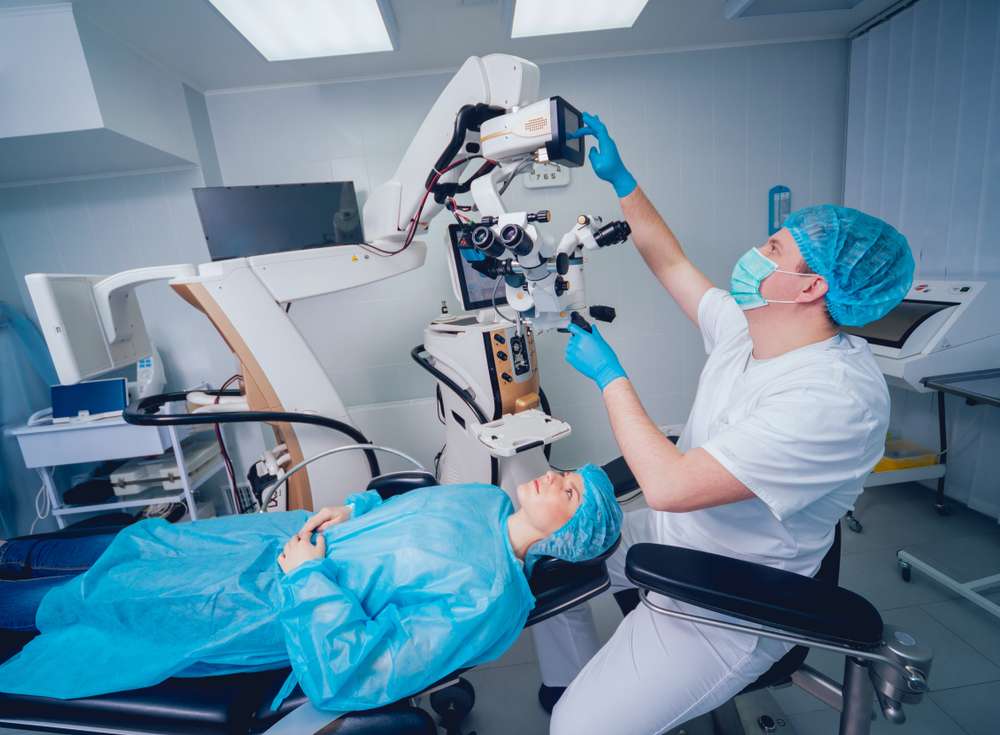Gastric Balloon Guide
A gastric balloon is a non-surgical weight loss device designed to help individuals with obesity achieve significant weight reduction. This innovative approach involves inserting a soft, expandable balloon into the stomach, which occupies space and helps patients feel fuller with smaller portions of food. As interest in less invasive weight loss solutions grows, understanding the gastric balloon procedure, its effectiveness, and safety considerations becomes increasingly important for those exploring their options.

How is the Gastric Balloon Inserted and Removed?
The gastric balloon insertion process is a minimally invasive endoscopic procedure typically performed under mild sedation. A deflated silicone balloon is inserted through the mouth and down the esophagus using an endoscope. Once positioned in the stomach, the balloon is filled with a sterile saline solution, expanding to about the size of a grapefruit. This entire process usually takes around 20-30 minutes.
Removal of the gastric balloon follows a similar procedure. After about six months, the balloon is deflated and extracted through the mouth using an endoscope. The removal process is also relatively quick, often completed in less than 30 minutes. Patients can usually return home the same day after both insertion and removal procedures.
How Long Does a Gastric Balloon Last?
The duration of gastric balloon treatment varies depending on the specific type of balloon used and the patient’s individual weight loss plan. Most gastric balloons are designed to remain in the stomach for six months. During this period, patients work closely with healthcare providers to develop healthier eating habits and lifestyle changes to support long-term weight management.
Some newer balloon systems can last up to 12 months before removal is necessary. Extended treatment duration may provide additional time for patients to adapt to new dietary patterns and establish sustainable weight loss habits. However, it’s crucial to follow the recommended timeframe for removal to minimize potential complications associated with prolonged balloon placement.
Is Gastric Balloon Safe?
Gastric balloon procedures are generally considered safe when performed by experienced healthcare professionals. As with any medical intervention, there are potential risks and side effects to consider. Common temporary side effects may include nausea, vomiting, and abdominal discomfort, particularly in the days following insertion.
More serious complications, while rare, can include balloon deflation, intestinal obstruction, or stomach ulceration. To ensure safety, patients undergo thorough medical evaluations before the procedure to determine their suitability for gastric balloon treatment. Regular follow-ups with healthcare providers are essential to monitor progress and address any concerns promptly.
It’s important to note that the gastric balloon is a temporary aid for weight loss and should be used in conjunction with a comprehensive lifestyle modification program for optimal results and safety.
How Many kg Can You Lose with a Gastric Balloon?
Weight loss results with a gastric balloon can vary significantly among individuals, depending on factors such as initial body weight, adherence to dietary guidelines, and engagement in physical activity. On average, patients can expect to lose between 10% to 15% of their total body weight during the six-month treatment period.
For example, a person weighing 100 kg might anticipate losing approximately 10 to 15 kg with a gastric balloon. However, some individuals may experience more substantial weight loss, while others might see more modest results. It’s crucial to set realistic expectations and understand that the gastric balloon is most effective when combined with long-term lifestyle changes.
Gastric Balloon for Weight Loss: Effectiveness and Considerations
The gastric balloon offers a non-surgical alternative for individuals struggling with obesity who may not qualify for or prefer to avoid more invasive bariatric surgeries. Its effectiveness stems from its ability to induce a feeling of fullness, helping patients consume smaller portions and adapt to healthier eating patterns.
Studies have shown that patients using gastric balloons, in combination with lifestyle modifications, can achieve significant weight loss compared to those using diet and exercise alone. However, the long-term success of the treatment largely depends on the patient’s commitment to maintaining lifestyle changes after the balloon is removed.
Potential candidates for gastric balloon treatment typically have a Body Mass Index (BMI) between 30 and 40, although specific criteria may vary. It’s essential for individuals considering this option to consult with healthcare professionals to determine if a gastric balloon is suitable for their unique circumstances and weight loss goals.
| Gastric Balloon Type | Provider | Estimated Cost Range (USD) |
|---|---|---|
| Orbera | Apollo Hospitals | $3,000 - $5,000 |
| ReShape | Medanta | $4,000 - $6,000 |
| Obalon | Fortis Healthcare | $6,000 - $8,000 |
| Spatz3 | Max Healthcare | $4,500 - $6,500 |
Prices, rates, or cost estimates mentioned in this article are based on the latest available information but may change over time. Independent research is advised before making financial decisions.
The gastric balloon presents a promising option for individuals seeking non-surgical weight loss solutions. By understanding the procedure, its duration, safety profile, and potential outcomes, patients can make informed decisions about whether this approach aligns with their weight loss objectives. As with any medical intervention, success with a gastric balloon requires dedication to lifestyle changes and close cooperation with healthcare providers to ensure the best possible results.
This article is for informational purposes only and should not be considered medical advice. Please consult a qualified healthcare professional for personalized guidance and treatment.




